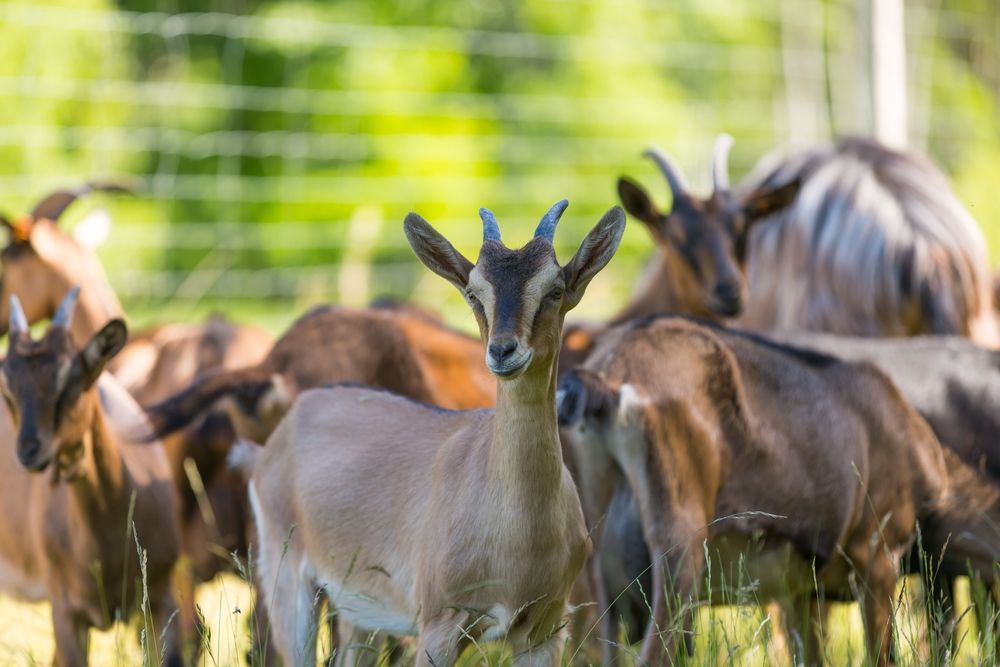Domaine du Grand Estagel 30800 Saint-Gilles – France
- +33 (0)4 66 75 12 05
- [email protected]


DOULIERE HAY FRANCE
Head office:
Domaine du Grand Estagel
30800 Saint-Gilles – France
Phone : +33 (0)4 66 75 12 05
[email protected]
You must be logged in to post a comment.